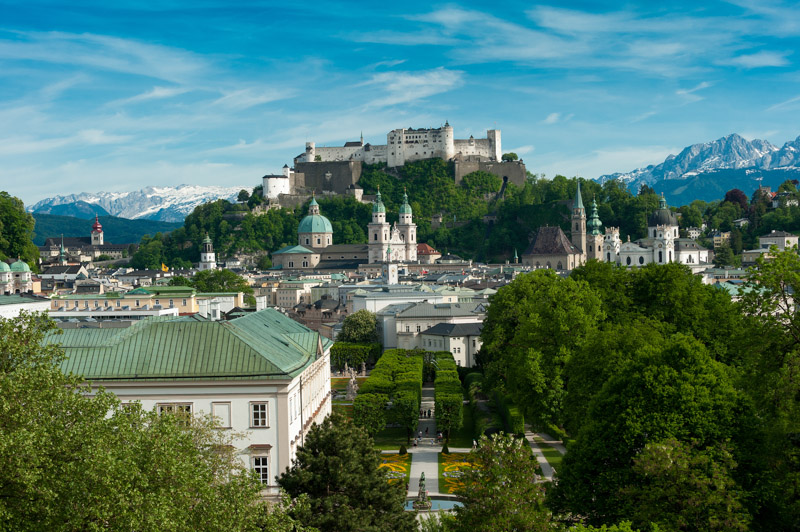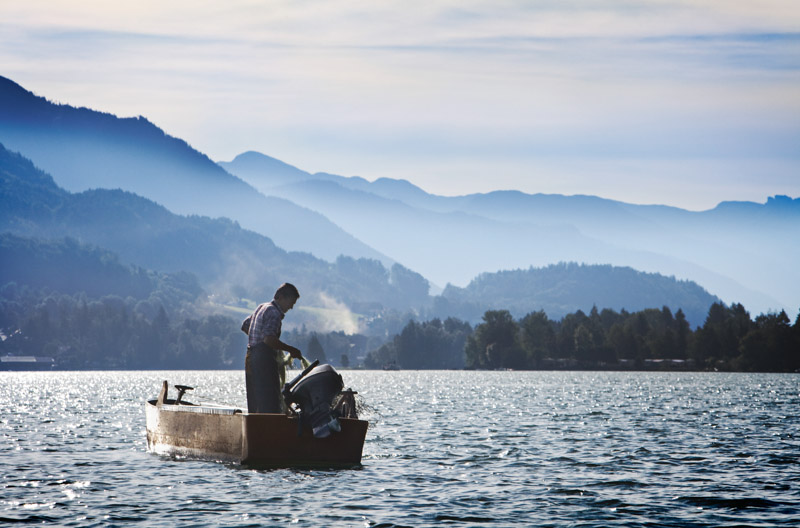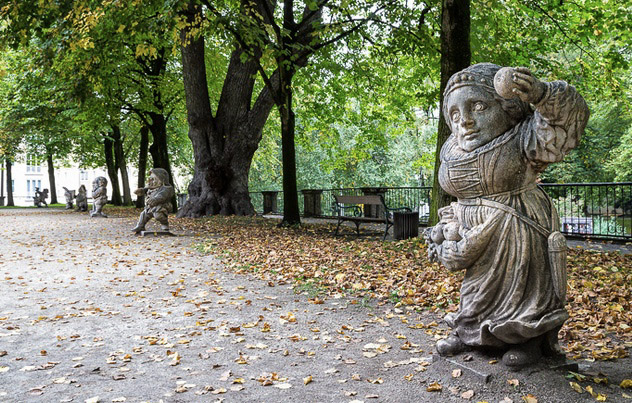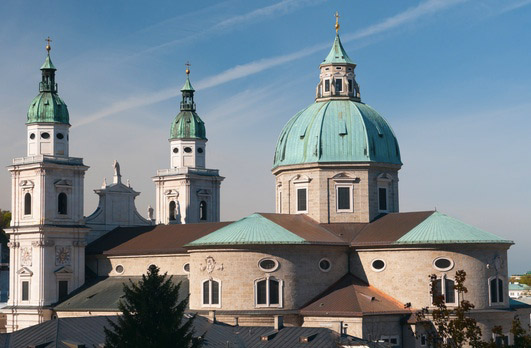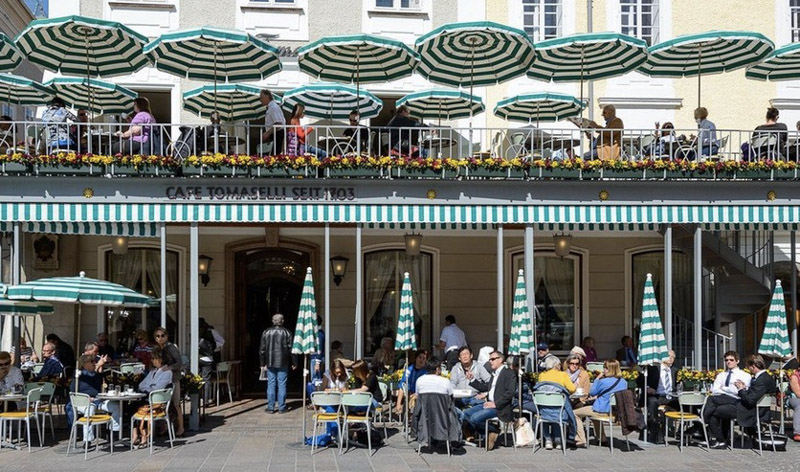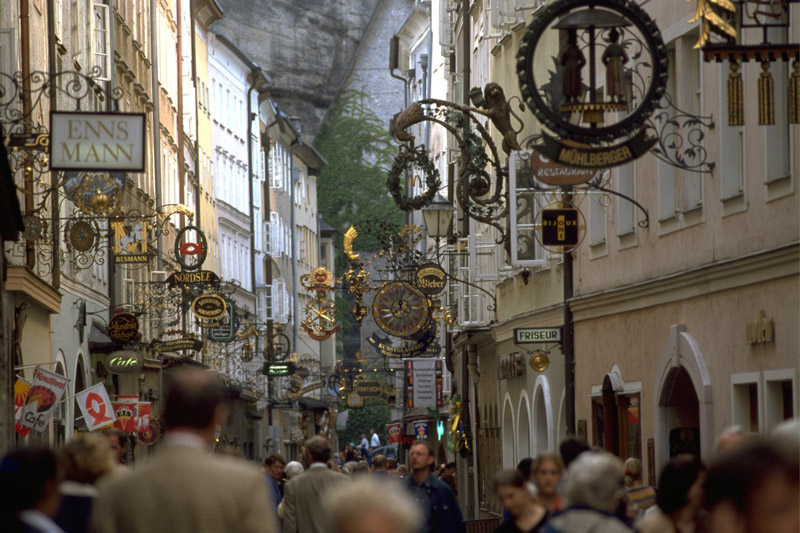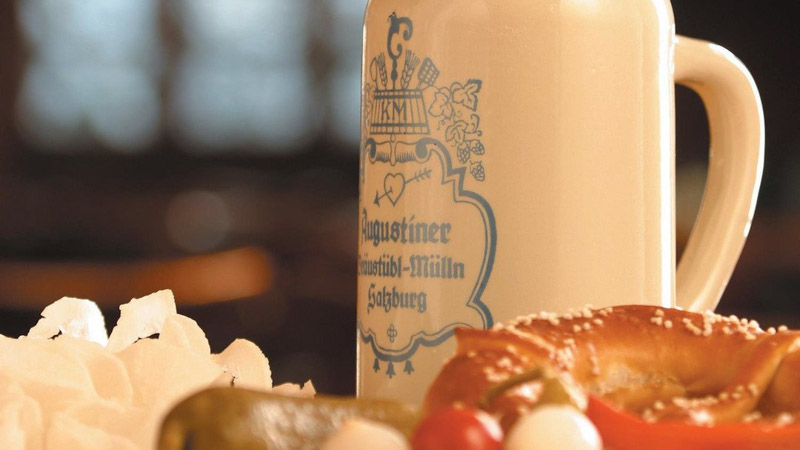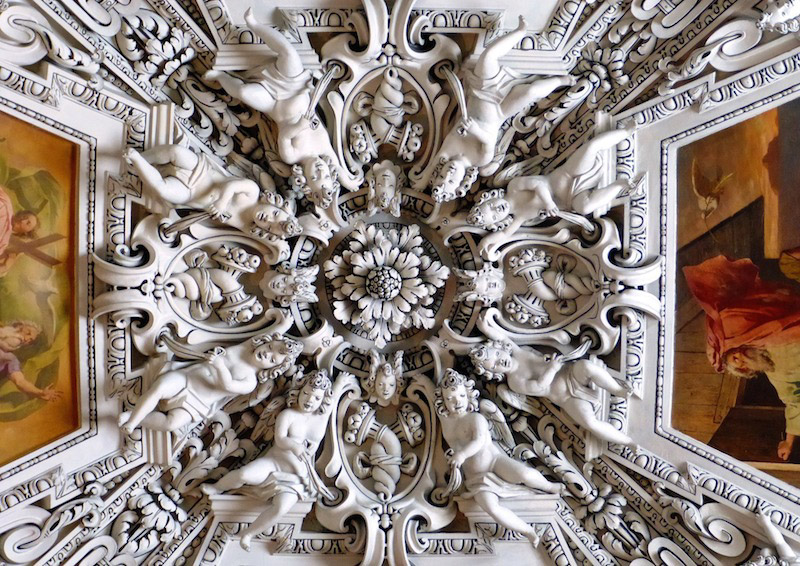Discover Salzburg, Mozart’s birthplace, backdrop to The Sound of Music and one of Europe’s most charming cities…
At first glance, Salzburg’s opulence – its mighty castle, grand churches and Baroque palaces – seems out of kilter with its historic importance. The city was never a seat of empire, it has no place astride a great trade route, and only a tiny port. How did the prince archbishops who ruled the city-state for twelve centuries afford to make the place look so spectacular?
There’s a hint in Salzburg’s name: salt. The condiment may seem commonplace, but in the days before refrigeration salt was needed to preserve food, making it a valuable commodity. And the mountains south of Salzburg are full of the stuff.
Once mined, the salt was shipped in barges down the Salzach River that flows through central Salzburg before draining into the Inn and eventually the Danube, from where it could be transported across Central Europe.
The prince archbishops lavished the tax they earned from this lucrative trade on the city, while prosperous merchants built imposing residences on the strip of flat land between the bending Salzach River and the rocky outcrop to its west. During its heyday in the 17th and 18th centuries, Salzburg was one of the richest places in Europe.
Today, the city’s Old Town (Altstadt) is a testimony to Salzburg’s erstwhile wealth, and forms the core of one of Europe’s charming cities. We look at ways to spend a day discovering the best of beautiful Salzburg…
9am: Mirabell Gardens & Hohensalzburg Fortress
Start the day with a stroll in the Mirabell Gardens, just across the river from the Old Town.
While Mirabell is perhaps most famous for its role in The Sound of Music’s Do-Re-Mi sequence, take time to seek out the gnome garden (Zwergerlgarten), with its statues of gnomes and dwarfs with grotesque faces – often modelled on real people at the court of an eighteenth-century prince archbishop.
The Mirabell Palace itself hosts world-class music ensembles around the year, but Salzburg’s most well-known contemporary music event is the Salzburg Festival, founded in the 1920s and held each summer in venues across the city.
From here, it’s a 15-minute walk across the river to the Festungsbahn funicular railway in the Old Town. This will take you up to the Hohensalzburg Fortress, the prince archbishops’ medieval castle, with open views across the city to the surrounding mountains, making it a great place to get your bearings.
Noon: Cathedral & Café
Back down in the city, head to Salzburg’s grand Baroque cathedral, the Salzburger Dom. Completed in just 15 years, the cathedral is a graceful and cohesive example of Early Baroque style, its vast, light-filled interior lined with marble galleries and fine frescoes. Other than soaking up the surroundings, you can also see the font where a day-old Mozart was baptised, catch an organ recital or head below ground to the Domgrabungsmuseum, an underground museum that gives you access to the Roman ruins that underpin much of central Salzburg.
By now you will have worked up quite an appetite (and thirst) – time to explore the alleyways around the cathedral and find a café for some refreshment. The most well-known is Café Tomaselli, which has been selling coffee and cake on Alter Markt since 1705 – Mozart is rumoured to have drunk almond milk here.
2pm: Mozart & Getreidegasse
There’s no doubt that Mozart is Salzburg’s most famous son, and it’s still possible to visit two of the composer’s former apartments. The most evocative of the two is his birthplace on the third floor at 9 Getreidegasse, where the Mozart family lived until Mozart himself was 17. Among the exhibits is his first violin, given to him at the age of 6 in 1762.
From here, stroll along Getreidegasse, a narrow shopping street where each store has its own unique iron sign. At the western end of the street, make sure to stop in at Café-Konditoreri Fürst, original home of Salzburg’s most delicious souvenir – Mozartkugeln or “Mozart Balls”. These delicious candies – a core of pistachio, marzipan and nougat covered in chocolate – were invented by the chocolatier Fürst here in the 19th century.
5pm: Mönchsberg & Augustinerbräu
Avoid the Augustinerbräu’s over-priced snacks and save your appetite for dinner. In addition to classic Austrian dishes, such as schnitzel and saftgulasch (a slow-cooked stew of beef and onions), Salzburg is well known for its fresh river fish and Salzburger Nockerl, a local dessert that is half soufflé, half-dumpling and wholly delicious.
8pm: The Sound of Music
Spend a day in Salzburg, and discover the eastern Alps with us on these journeys:
